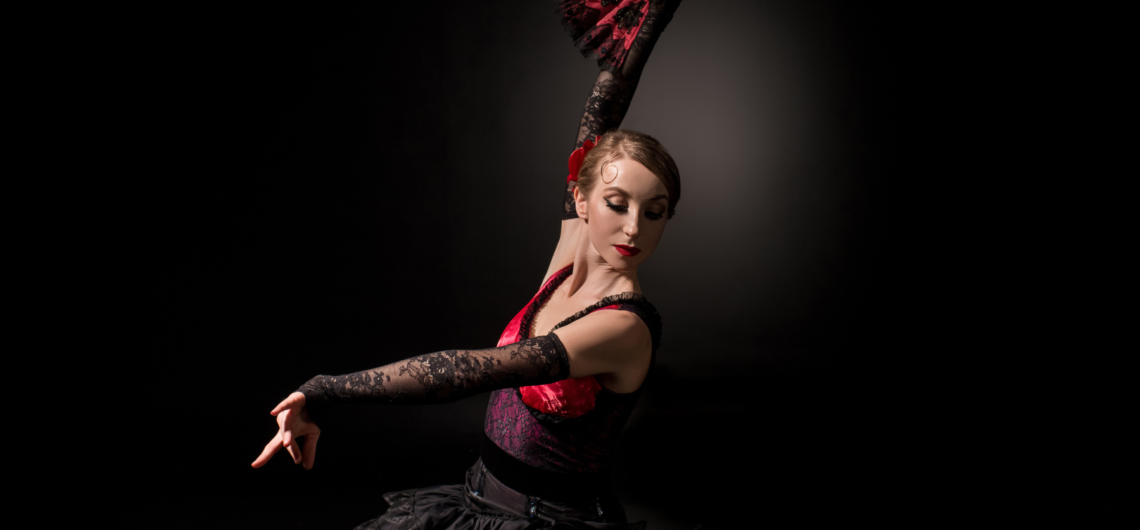One joy of travel is learning other countries traditions. Indigenous food, music, and dance all reveal culture handed down through generations. These traditions are emblematic of the countries where they originate. Travel is the great unifier. I find people eager to teach their practices, and equally as enthusiastic to learn other countries heritages. As we share our history, we learn people worldwide are more alike than different. Spurred on by my birthday, for one year I engaged in and highlighted a different country’s particular ritual each month. Readers followed along to learn about these cultures and how they could partake in the tradition, too. First up was Spain. Flamenco dancing. A fascinating art form from the southern Spanish region of Andalusia. Olé! What to Wear Flamenco dresses with their flowing layers and beautiful colors are recognized worldwide. The full length garment is called bata de cola and frequently made of polka-dot material decorated with ruffles inspired by native dress of the gypsies. Women usually wear these to perform. Most dancers wear a simpler traje de flamenca (skirt) and comfortable top when rehearsing. If you’re just starting out, don’t invest a lot of money in the outfit. Many studios have pre-owned shoes and/or skirts to lend. If you prefer to buy your own, inexpensive outfits are available online. A skirt with playful polka-dots can cost less than $50. Here is a cute one: https://amzn.to/3SiBICF. If solid is more your style, there are beautiful versions for under $30: https://amzn.to/4aUyMDF. Woman’s flamenco shoes have a sturdy wooden heel, nails on the bottom of the toe and heel, a steel shank and steel toe. They are sturdy due to the excess pounding put upon them when dancing. Although professional dancers' flamenco shoes cost hundreds of dollars, a good pair for beginners can be found
One joy of travel is learning other countries traditions. Indigenous food, music, and dance all reveal culture handed down through generations. These traditions are emblematic of the countries where they originate. Travel is the great unifier. I find people eager to teach their practices, and equally as enthusiastic to learn other countries heritages. As we


